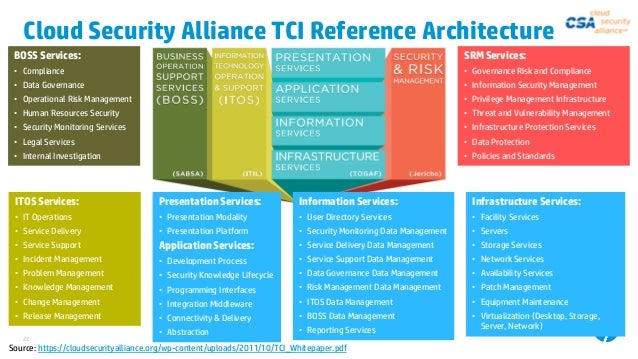Patch Management Audit Checklist

Goals The audit program should consist of a particular process that makes it automatic for everyone involved. Many corporations have a large IT department, and if someone else is tasked with patching, they need to know what to do and when.

The goals include: • Risks should be reduced or mitigated • Tracking compliance is a necessity • Find future weaknesses with the product of your choice • ISMS (Information Security Management System) should be effective • Areas for improvement within the system or ISMS • Testing and Reporting When you implement a, you must be sure that the goals are conducive and fit your needs. Our Product With our product, you'll be able to reduce the risks to the software and OS because it will tell you which patches are most needed.
Patch Management Software - Software Patching“We were grossly unpatched on the 3rd- party side and struggled to maintain the Microsoft. After going to Solar. With so much patch management software available, how do you choose? Look for the management software features in this desktop patch management checklist.
You'll also be able to track your compliance with our timely reports. We show you which patches have been applied and how current the updates are, so you can make sure the networks are secure. While we don't scour the Internet to find potential threats and when they may occur, our product will scan for new patches as often as you prefer. You can set it to scan every day or once a month, depending on your needs, so future weaknesses in the system can be caught immediately. Today to learn more.
It's gotten so bad that there are even patches that patch patches! Einstein E La Formula Di Dio Pdf Creator. Some simply react to this cycle, patching after the whole world has been hit. That's a bad approach—you want to try and stay ahead of the curve. Compliance regulations such as Sarbanes-Oxley and HIPAA are also key patching drivers. After feeling the impact of HIPAA, Tim Rice, network systems analyst at the Duke University Medical Center Department of Medicine, says they decided to get serious about patching. Before HIPAA hit, he says 'patching was done on a sporadic basis.'
'Given HIPAA, that wasn't going to be suitable. HIPAA mandates the network be secure, reliable, and available.
Part of that is keeping it patched,' Rice continues. And IT has no time to spare. The longer you wait to patch, the longer you are vulnerable. With automated hacking techniques and fast spreading worms and viruses, there's a darn good chance you'll be hit. You want to get, test and deploy the patch as fast as is reasonably possible.
With that in mind, here are 10 rules of patching you must follow. Be Informed Everyone knows that patching is important. But not everyone knows how important it is and even fewer are true experts on the issue. You should be.
Start with a basic patch education by boning up on white papers, scouring Microsoft.com, and poking around and (click for loads of essential patch links and info). Now that you've nailed the basics, it's time to drill down. Effective patching is all in the details. To get ‘em requires lots of research and plenty of sources.
Here are some key sources for up-to-date patch data: • Relationships with vendors, especially with Microsoft, but also with other key suppliers (patching is not just a Redmond issue), security firms and patch vendors. • E-mail notification; to learn more about Microsoft e-mail notification, and RSS feeds, check out:. • Web sites such as, and newsgroups. • Microsoft Security Bulletins and Service Pack documentation. Every time Microsoft releases a patch, it also posts a Knowledge Base article and releases a Security Bulletin that explains what the exploit is, how it works and what systems it affects (so you know if you really need the patch), how critical it is, and how to verify the patch was properly and completely installed. Determine Whether to Patch When a hole is found, patching seems obvious, but it's not always so simple.
It isn't always best to patch every computer. Real Easy Book Bass Clef Pdf File. There's actually an economic calculation that needs to be made. Here, IT needs to look at total hours and money spent patching versus cost of downtime. Here are the key factors to consider: • Cost of lost data • Downtime costs • Cost of repairing problem • Impact on business reputation Overall you are looking at the need to have systems available and the actual cost of patching versus the risk of not patching the hole. Does the patch offer a positive ROI?